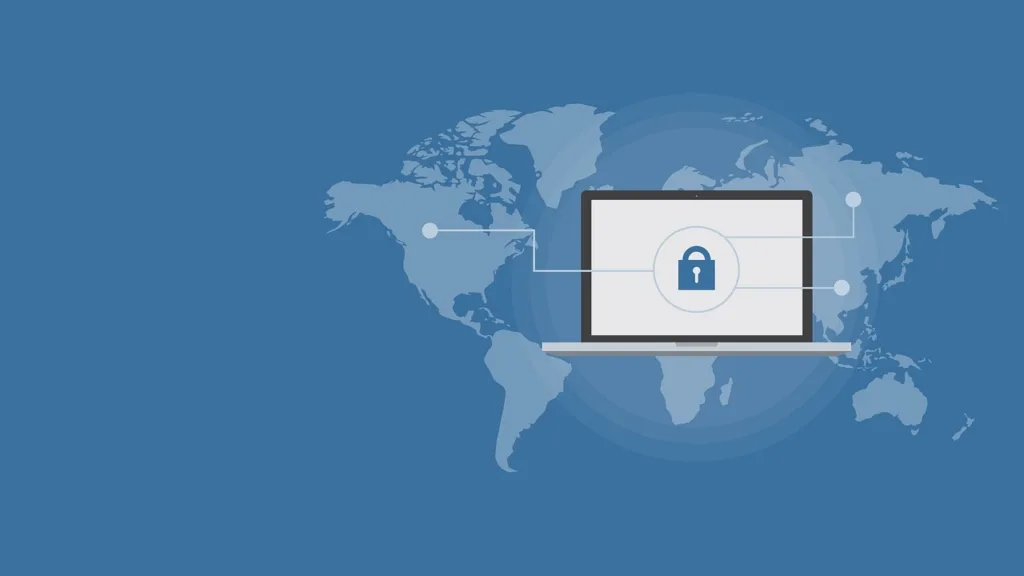Scope of VAPT in Cloud Computing
Vulnerability Assessment and Penetration Testing (VAPT) in cloud computing is critical to ensure the security and resilience of cloud-based systems. Here’s a guide on conducting VAPT in cloud computing environments:

1. Understand Cloud Service Models:
- Infrastructure as a Service (IaaS), Platform as a Service (PaaS), Software as a Service (SaaS): Recognize the shared responsibility model and understand the security responsibilities of both the cloud service provider (CSP) and the customer.
2. Define the Scope:
- Identify Assets: Clearly define the assets within the cloud environment that are subject to testing.
- Consider Dependencies: Include dependencies on cloud services, APIs, and third-party integrations in the scope.
3. Threat Modeling:
- Cloud-Specific Threats: Identify threats specific to cloud environments, such as misconfigurations, insecure interfaces, and data breaches.
- Prioritize Risks: Prioritize risks based on potential impact, likelihood, and relevance to the cloud model.
4. Configuration Management:
- Cloud Service Configuration: Assess the security of cloud service configurations, ensuring they adhere to security best practices.
- Identity and Access Management (IAM): Review IAM settings to prevent unauthorized access and privilege escalation.
5. Network Security Assessment:
- Virtual Networks: Evaluate the security of virtual networks, including segmentation, firewalls, and routing configurations.
- Traffic Encryption: Ensure that data in transit is encrypted, especially in multi-tenant environments.
6. Data Storage Security:
- Object Storage: Review the security of object storage, databases, and file systems.
- Data Encryption: Check for encryption mechanisms for data at rest.
7. Authentication and Authorization:
- Multi-Factor Authentication (MFA): Assess the usage of MFA to enhance authentication security.
- Authorization Controls: Verify that users and applications have appropriate permissions.
8. Web Application Security:
- Serverless Environments: If applicable, test serverless components for security vulnerabilities.
- API Security: Evaluate the security of APIs, ensuring proper authentication, authorization, and data validation.
9. Incident Response and Logging:
- Logging and Monitoring: Assess the effectiveness of logging and monitoring mechanisms.
- Incident Response Plan: Review and test the incident response plan for cloud-based incidents.
10. Container Security (If Using Containers):
- Container Orchestration Platforms: Assess the security of container orchestration platforms (e.g., Kubernetes).
- Image Scanning: Implement container image scanning for vulnerabilities.
11. Compliance Checks:
- Compliance Standards: Confirm compliance with regulatory standards (e.g., GDPR, HIPAA) and industry-specific requirements.
- CSP Security Standards: Align with the security standards and certifications of the chosen CSP.
12. Vendor Risk Management:
- Third-Party Services: If using third-party services, assess their security posture and conduct due diligence.
- CSP Security Assurance: Evaluate the security assurances provided by the CSP.
13. Continuous Monitoring and Improvement:
- Automated Monitoring: Implement continuous security monitoring, utilizing automated tools and alerts.
- Regular Assessments: Conduct periodic VAPT assessments, especially after significant changes to the cloud environment.
14. Documentation and Reporting:
- Comprehensive Reports: Provide detailed reports on identified vulnerabilities, their severity, and potential impact.
- Remediation Recommendations: Offer clear guidance on how to remediate identified vulnerabilities.
Conducting VAPT in cloud computing environments requires a deep understanding of cloud services, adherence to cloud security best practices, and a combination of automated and manual testing methodologies. Regular assessments and continuous improvement are vital to maintaining a secure and resilient cloud infrastructure.